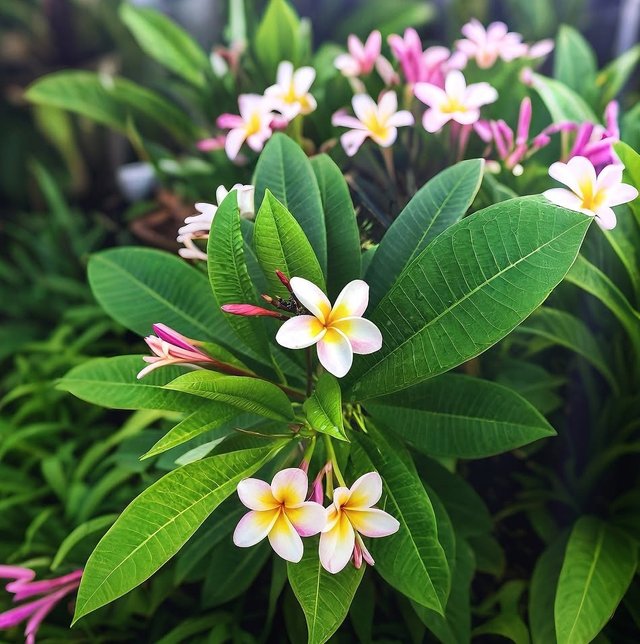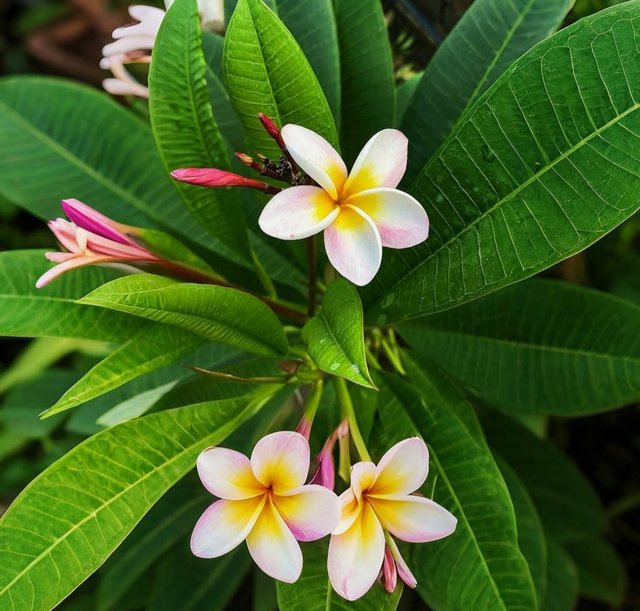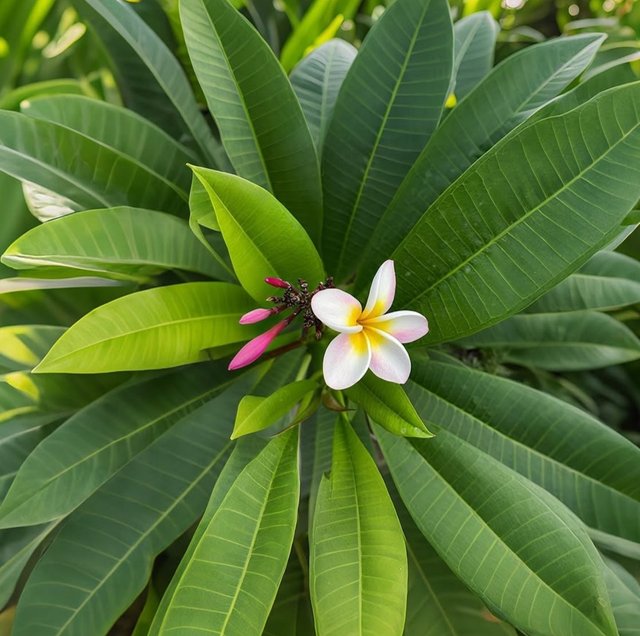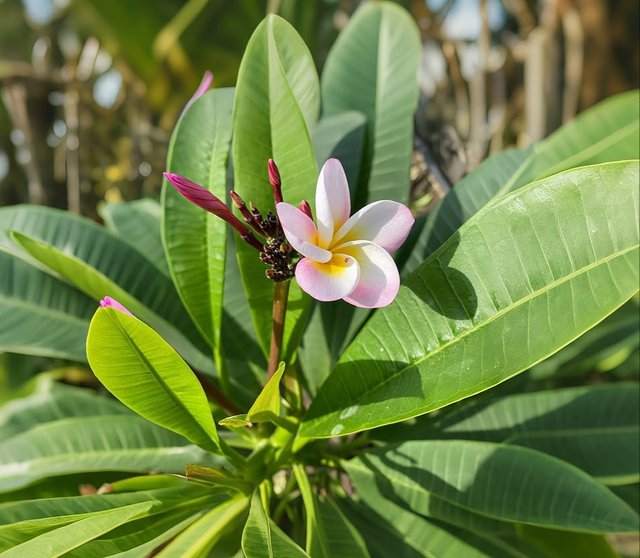Singapore Graveyard Flower So Beautiful
The Singapore graveyard flower is a name commonly used to describe Plumeria, a genus of flowering plants from the dogbane family. These enchanting blooms are also widely known as frangipani in many parts of the world. Despite their beauty, they carry a somber association in several Asian cultures, where they are often linked with cemeteries, spirits, and death. Let’s take a closer look at this unique flower, its characteristics, symbolism, and cultural significance.
Botanical Overview
Scientific name: Plumeria spp.
Family: Apocynaceae
Native range: Tropical and subtropical regions of the Americas, particularly the Caribbean, Central America, and South America.
Growth habit: Small trees or large shrubs that can grow up to 6–8 meters tall.
Flowers: Large, five-petaled blooms, often white with yellow centers, though hybrids can display pink, red, or multicolored shades.
Leaves: Oblong, leathery, and arranged in clusters at the tips of thick, succulent-like branches.
Plumeria flowers are highly fragrant, especially at night. The scent is designed to attract sphinx moths, their natural pollinators, even though the flowers themselves produce no nectar.
Cultural Symbolism and Associations
The Singapore graveyard flower earned its name from its widespread planting in cemeteries, particularly in Southeast Asia. This tradition stems from both practical and spiritual reasons:
Longevity and Hardiness
Plumeria trees thrive in poor soil and withstand harsh tropical conditions, making them suitable for planting in graveyards where little care is given.
Association with Death and Spirits
In countries like Indonesia, Thailand, and Malaysia, the flower is strongly linked to ghosts and the afterlife. Its heady, sweet fragrance at night adds to its eerie reputation, leading people to believe it attracts wandering spirits.
Hindu and Buddhist Symbolism
Despite its graveyard reputation, plumeria is also sacred in many religions. In Hinduism, it symbolizes immortality because the tree continues to flower even after being uprooted. In Buddhism, plumeria is often planted around temples, representing dedication and new beginnings.
In Western Culture
In contrast, frangipani in Western and Polynesian traditions symbolizes love, beauty, and grace. In Hawaii, for example, it is used in leis, representing hospitality and friendship.




%20(8).jpeg)